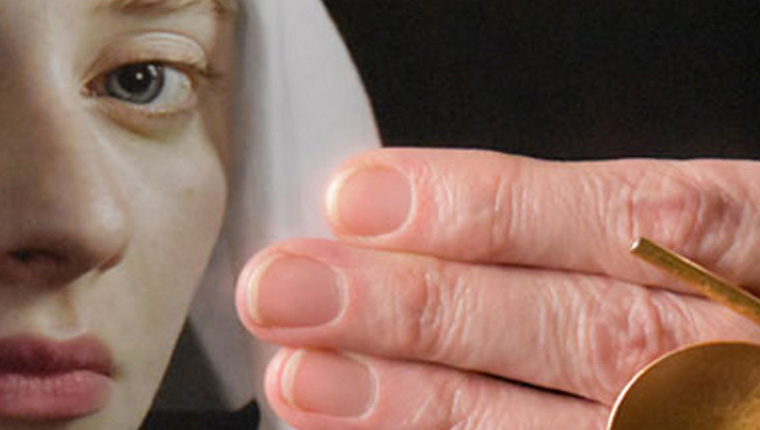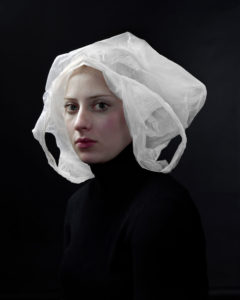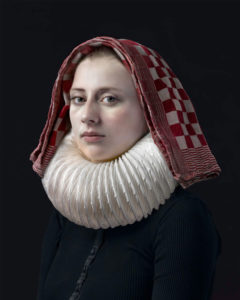

After some years of failing to synchronise my calendar, I finally made it to Photo London at Somerset House last Saturday. It was a grand day out, the more so as we dodged the threatening rain showers and got a seat when having coffee. Rather good coffee it was too, this despite the insistence on an odd and in no way intuitive name for what was in fact a Cortado. We even managed to eschew cake. As a reward, possibly, for such virtuousness, I got to see in the flesh for the first time the work of one of my great inspirations, Dutch photographer Hendrik Kerstens (b 1956).
Like another of my inspirations, Hendrik Kerstens is not classically trained. And like me, he came to it later in life. Aged 40, with the support of his wife, he decided to give up his career in the wine business and devote himself to the study of photography and to caring for his young daughter, Paula. She would become his muse. What began as a wish to record formally the fleeting moments of childhood changed into something else entirely when one day, on her return from a horse riding lesson, Kerstens was struck by Paula’s resemblance to the subjects of 17th Century Dutch portraiture. He now decided to take images of Paula in the style of the Dutch Masters but with an added dose of subversive humour. I wonder how the conversation went when he first asked Paula to sit for him wearing a plastic bag as a bonnet. I imagine a degree of teenage eye rolling and sighing but ultimately laughter. For despite the serenity of her countenance in each of the portraits, I could for the first time see the smile in her eyes. And sense the deep affection and rapport between sitter and photographer. It must be great fun inserting the present into the past by reimagining iconic images using common kitchen utensils, tea towels and the odd lampshade. But that would be nothing without Kerstens’ technical mastery and visual proficiency. I greatly admire his subtlety and nuance of tone and his use of light. The influence of Johannes Vermeer (1632-75), an artist whose work I return to again and again, is very clear. As is perhaps also that of Marcel Duchamp (1887-1968) in his use of readily available and prosaic items in place of costly lace and gilded metal. A comment maybe on the difference between value and price? And on our irresponsible throwaway culture? I like too that he has no compunction in naming his work for these everyday readymade items, subverting even further a genre that began as something only the very rich could afford.
Mostly though I love his work because it makes me smile.
If you would like Musings to pop into your inbox every other week or so, you can subscribe here.



